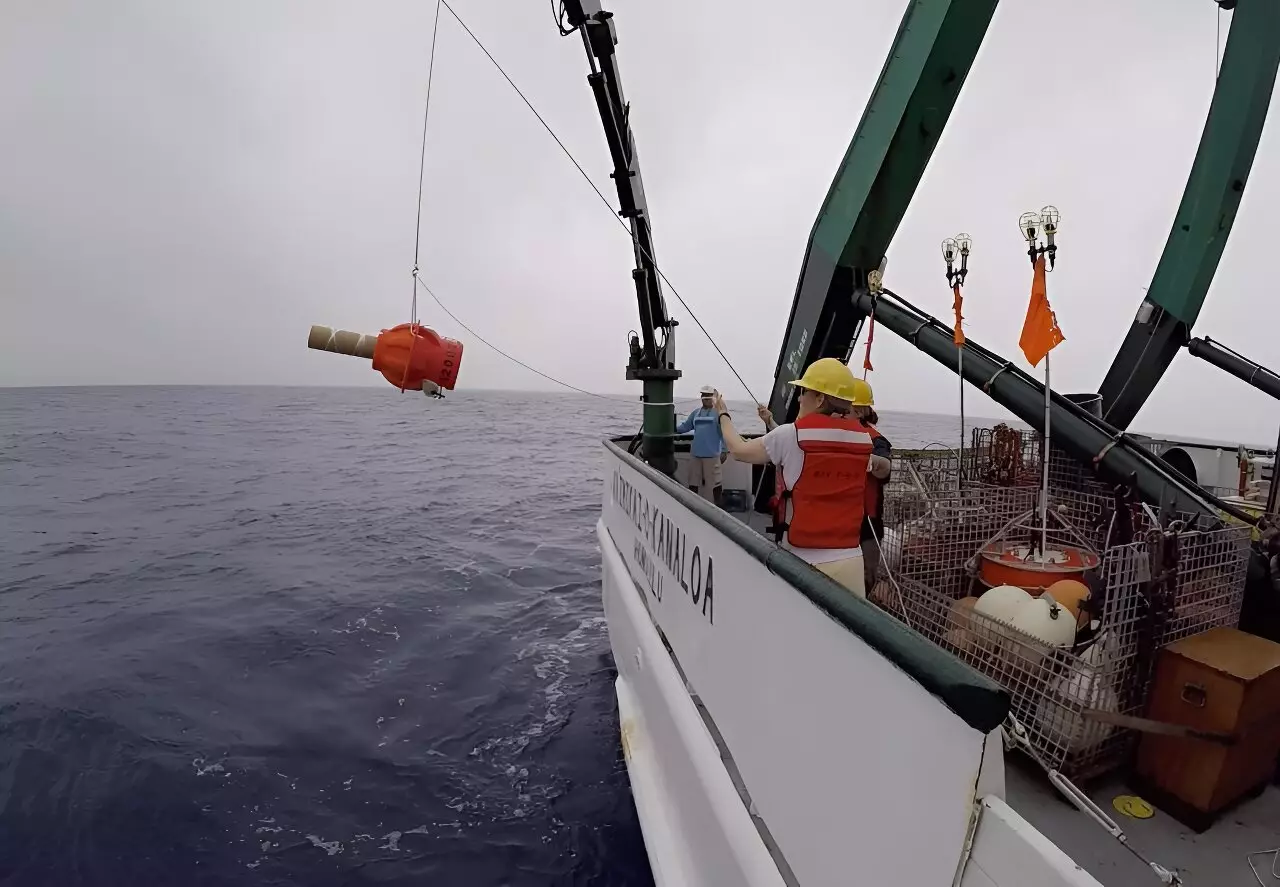Recent findings released on September 19 in Geophysical Research Letters draw attention to a crucial yet often overlooked aspect of climate science: the warming of the global deep ocean. Utilizing sophisticated deep ocean robots known as Deep Argo floats, researchers have allied new data with historical records, enhancing the credibility of previous assessments regarding ocean temperature increases. This study highlights a troubling trend: the deep ocean is warming at an annual rate of between .0036 to .0072°F (.002 to .004°C).
The Role of the Global Deep Ocean
Understanding deep ocean warming is essential, as it plays a pivotal role in global climate change. As Greg Johnson, a leading oceanographer at NOAA’s Pacific Marine Environmental Lab, explained, ocean warming constitutes the dominant element in the overarching narrative of global warming. The study affirms earlier observations of deep ocean temperature increases, significantly reducing uncertainties about ocean heat uptake below 1.2 miles (2,000 meters) deep. These depths are crucial for gauging future sea level rises and predicting significant weather patterns.
A fascinating aspect of this research is the identification of geographic hotspots where warming is particularly pronounced. The waters surrounding Antarctica are notably affected, acting as a conduit through which warmth is transported northward along the global ocean conveyor belt, a crucial mechanism for regulating the Earth’s climate. Another significant area of concern is off the coast of Greenland, where decreasing amounts of cold water sinking from the surface due to atmospheric warming and melting ice have led to increased deep water temperatures.
These new insights allow scientists to better understand how changes in the deep ocean may disrupt the global meridional overturning circulation. This circulation is fundamental not just for ocean health, but for weather systems that affect ecosystems and human life around the world.
The implications of this research extend far beyond mere temperature measurements. Enhanced understanding of deep oceanic changes is critical for refining climate models, which play a vital role in preparing society for future climate variability. Precipitation patterns, tropical cyclone frequency, and sea-level increments are all intricately linked to ocean temperature shifts. Johnson emphasized that this detailed data can improve projections, equipping policymakers and communities to better navigate the impending climatic challenges resulting from these shifts.
The Evolution of Ocean Monitoring with Deep Argo Floats
The introduction of Deep Argo floats marks an extraordinary leap forward in our capacity to monitor ocean health. Initiated in 2014, these floats are capable of measuring vital parameters like temperature and salinity down to depths of 3.7 miles (6,000 meters). Currently, strategic arrays of these floats operate in various oceanic regions, including the Southwest Pacific, South Atlantic, South Indian, and North Atlantic. The effort to deploy a global array of these advanced monitoring instruments could revolutionize our understanding of ocean dynamics by quantifying warming rates across shorter timeframes.
As research capacity expands, Johnson expresses optimism about the ability to unravel the complexities of warming trends more effectively. Distinct changes in temperature and salinity patterns offer a glimpse into future climate scenarios, potentially allowing scientists to predict climate shifts decades ahead.
The Deep Argo initiative is part of the broader Argo program, which has significantly enhanced our understanding of oceanographic conditions since its inception in 1999. This global network of autonomous profiling floats has revolutionized the collection of ocean data, providing nearly four times the information compared to all other observing instruments collectively.
The emerging body of research surrounding deep ocean warming underscores an urgent call to action. With the evidence mounting on the substantial impacts of rising temperatures in the deep ocean, it becomes imperative that we enhance our monitoring capabilities and adapt our responses to the changing climate. Understanding the nuances of these warming patterns will not only improve our current climate models but also foster a greater awareness of our planet’s intricate systems. As our knowledge deepens, so too does our responsibility to mitigate the effects of climate change for future generations.

